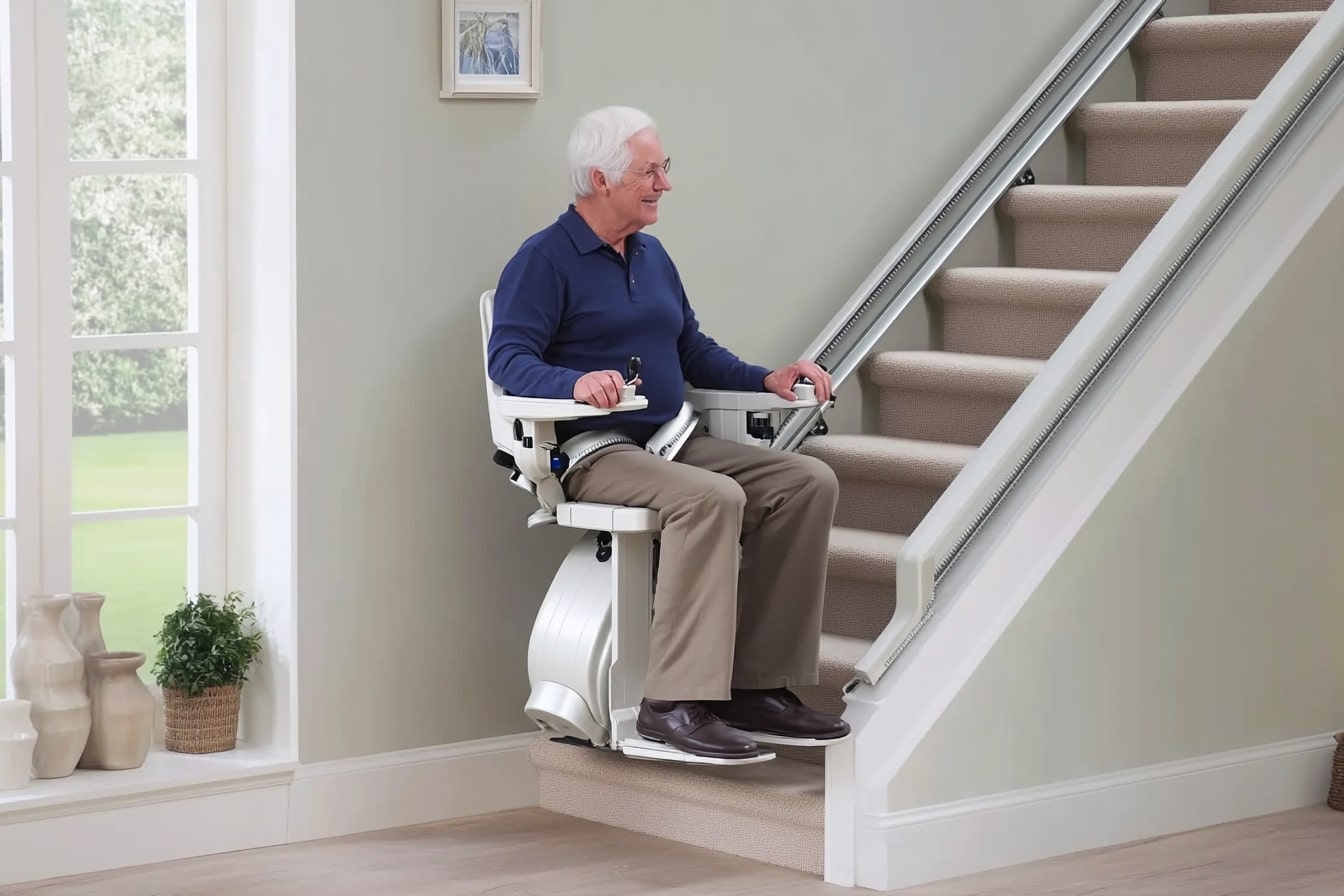Your Guide to Knee Pain in India: A Long-Term Approach to Mobility and Quality of Life
Knee pain affects millions of Indians across all age groups, significantly impacting daily activities and quality of life. From the young athlete experiencing sports injuries to the elderly struggling with degenerative conditions, knee pain presents a complex challenge requiring comprehensive understanding and management. In India, where traditional lifestyles often involve floor-sitting and squatting, knee health becomes particularly crucial. This guide explores the causes, treatment approaches, and latest innovations in knee pain management within the Indian healthcare context, empowering you to make informed decisions about your joint health.

What Causes Knee Pain? Understanding the Root Issues
Knee pain in India stems from various sources, each requiring specific approaches to treatment. Osteoarthritis remains the leading cause among adults over 50, affecting nearly 15% of the Indian population. This degenerative condition progressively damages joint cartilage, causing pain and stiffness. Among younger Indians, sports injuries like ACL tears and meniscus damage are increasingly common, particularly in urban areas where fitness activities are gaining popularity.
Lifestyle factors play a significant role in the Indian context. Prolonged squatting during household chores, religious practices, and traditional floor-seating arrangements can exacerbate knee problems. Additionally, the rising obesity rates in urban India directly correlate with increased knee joint pressure—each extra kilogram of weight adds approximately 4 kilograms of pressure on the knees during walking. Other common causes include rheumatoid arthritis, gout, infections, and trauma from accidents, all requiring different treatment approaches.
Who Needs Treatment? Eligibility & Timing
Knowing when to seek professional help is crucial for effective knee pain management. You should consider treatment if your knee pain persists beyond a few days, causes noticeable swelling, creates instability or inability to fully straighten the leg, or significantly interferes with daily activities. Those experiencing knee pain with fever, redness, or warmth around the joint should seek immediate medical attention as these may indicate infection.
The timing of treatment greatly affects outcomes. Early intervention for conditions like osteoarthritis can significantly slow progression and reduce the need for invasive procedures later. For younger patients with sports injuries, prompt treatment prevents secondary damage and chronic instability. Elderly patients should not dismiss knee pain as an inevitable part of aging—proper treatment can maintain mobility and independence well into later years. Individuals with family history of joint disorders, those in physically demanding occupations, and people with previous knee injuries should be particularly vigilant about seeking timely assessment.
Step-by-Step Management: Your Path to a Pain-Free Life
Effective knee pain management typically follows a structured approach. The journey begins with accurate diagnosis through clinical evaluation, imaging (X-rays, MRI), and sometimes laboratory tests to identify the specific cause. Your doctor will likely start with conservative treatments including rest, ice/heat therapy, and activity modification to reduce stress on the affected joint.
Physical therapy forms the cornerstone of non-surgical management, with exercises designed to strengthen supporting muscles, improve flexibility, and enhance joint stability. In the Indian context, many therapists successfully incorporate yoga asanas like Tadasana and Virabhadrasana to complement conventional exercises. Medications including NSAIDs, analgesics, and in some cases, corticosteroid injections provide pain relief and reduce inflammation. Weight management is particularly emphasized, as even modest weight loss significantly reduces knee pain symptoms.
For moderate to severe cases, advanced interventions may be necessary. These include viscosupplementation (hyaluronic acid injections), platelet-rich plasma therapy, and eventually surgical options ranging from arthroscopy to partial or total knee replacement. Throughout this journey, patient education and lifestyle modification remain essential for long-term success, with emphasis on joint-friendly activities and proper biomechanics during daily activities.
Latest Trends in Indian Orthopaedics
India’s orthopaedic landscape is evolving rapidly with several innovative approaches gaining prominence. Minimally invasive surgery techniques have revolutionized knee procedures, with smaller incisions, reduced tissue damage, and faster recovery times. Computer-assisted surgery and robotic knee replacements are becoming available in major metropolitan centers, offering unprecedented precision in implant positioning.
Regenerative medicine is emerging as a promising frontier, with stem cell therapy and growth factor injections showing potential for cartilage repair. These treatments aim to stimulate the body’s natural healing mechanisms rather than simply addressing symptoms. Telemedicine has expanded access to specialist care in remote areas, with initial consultations, follow-ups, and rehabilitation guidance increasingly available through digital platforms.
Traditional medicine integration represents another significant trend, with Ayurvedic treatments and yoga therapy being scientifically evaluated and sometimes incorporated into comprehensive management plans. This holistic approach acknowledges India’s rich medical heritage while applying evidence-based protocols for optimal outcomes.
Analysis of Knee Pain Treatment Costs in India—What Affects the Price?
The cost of knee pain treatment in India varies dramatically based on multiple factors including geographic location, facility type, treatment approach, and physician experience. Conservative treatments typically represent the most affordable option, while surgical interventions involve substantially higher expenses.
| Treatment Type | Average Cost Range (INR) | Key Cost Factors |
|---|---|---|
| Initial Consultation | 500-3,000 | Specialist qualification, hospital tier, city |
| Physical Therapy (per session) | 400-1,500 | Facility type, therapist experience, equipment |
| MRI Scan | 4,000-12,000 | Machine quality, hospital type, contrast requirement |
| Viscosupplementation | 15,000-40,000 | Product brand, number of injections, facility charges |
| Arthroscopy | 50,000-150,000 | Complexity, hospital tier, surgeon experience |
| Total Knee Replacement (single) | 150,000-450,000 | Implant quality, hospital type, surgeon expertise |
| Robotic Knee Surgery | 300,000-600,000 | Technology used, implant type, hospital reputation |
Prices, rates, or cost estimates mentioned in this article are based on the latest available information but may change over time. Independent research is advised before making financial decisions.
Geographic variation significantly impacts costs, with tier-1 cities like Mumbai and Delhi commanding premium prices compared to tier-2 and tier-3 cities. Private hospitals typically charge more than government facilities, though they often offer superior infrastructure and reduced waiting times. Insurance coverage for knee treatments has improved in recent years, but patients should verify specific policy terms as many plans exclude pre-existing conditions or impose waiting periods for joint-related procedures.
For those seeking affordable quality care, medical tourism hubs like Chennai and Hyderabad offer specialized orthopaedic hospitals with competitive pricing for international standards. Additionally, government initiatives like Ayushman Bharat have expanded coverage for joint replacements among eligible beneficiaries, making advanced treatments more accessible to economically disadvantaged patients.
Effective knee pain management requires a comprehensive, individualized approach addressing both symptoms and underlying causes. By understanding available options, latest advances, and cost considerations within the Indian healthcare landscape, patients can make informed decisions that balance financial constraints with quality of care. The goal remains not just temporary pain relief but restored mobility and preserved quality of life through appropriate intervention at the right time.
This article is for informational purposes only and should not be considered medical advice. Please consult a qualified healthcare professional for personalized guidance and treatment.




